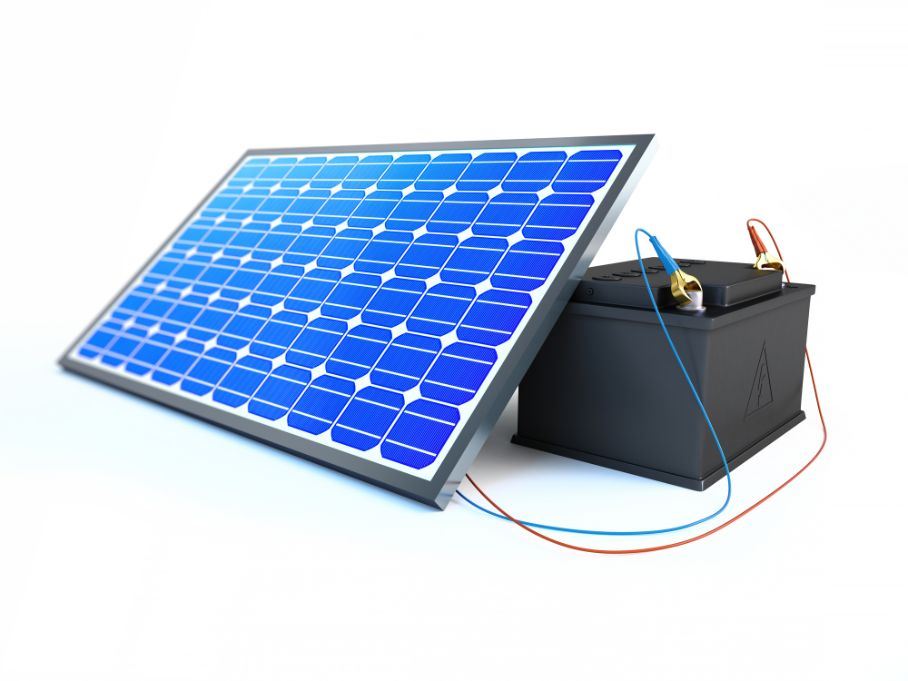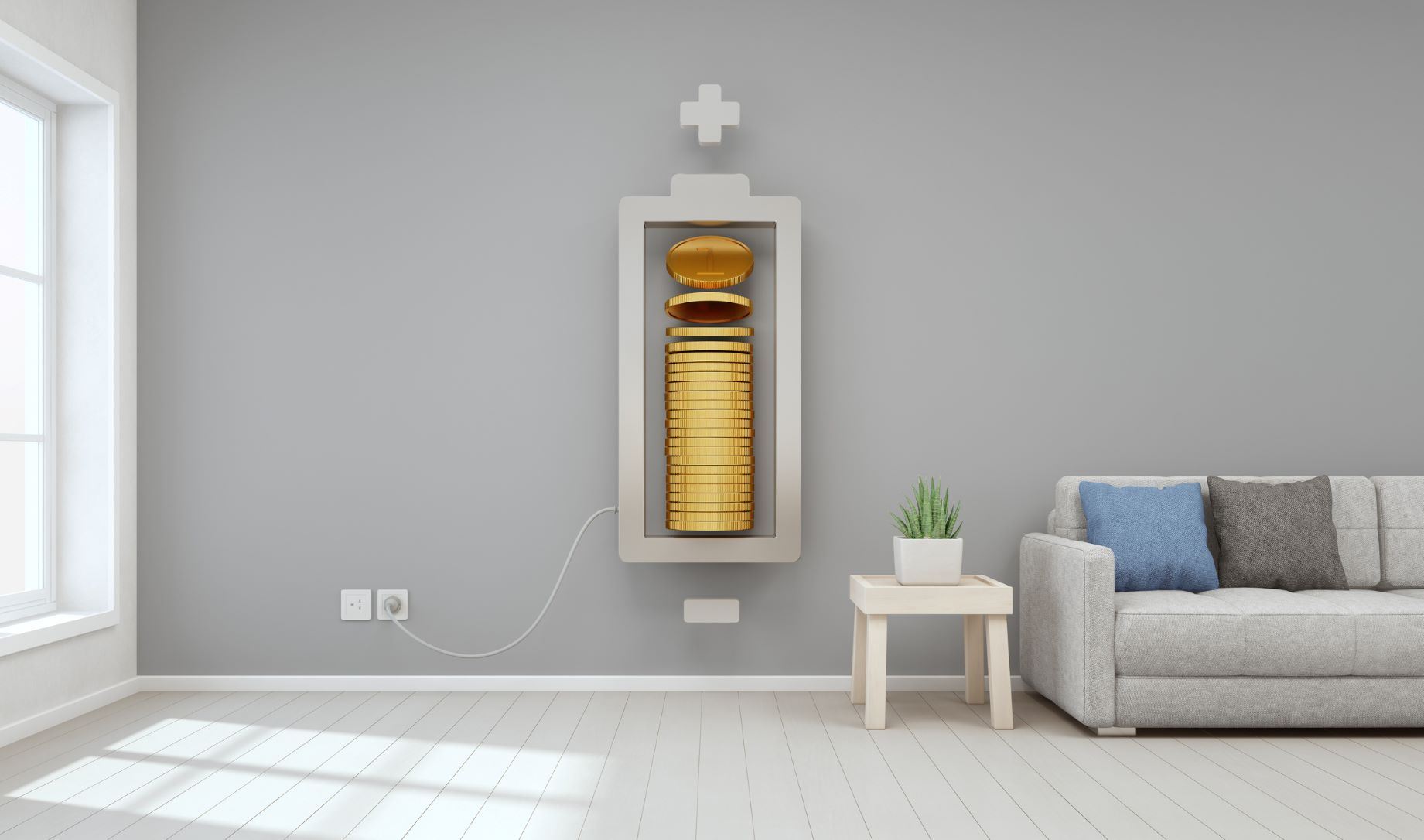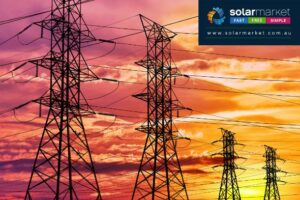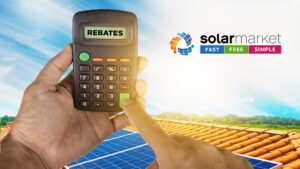
Last updated Feb 2025
As electricity prices continue to rise and incentives including rebates, subsidies and interest free loans for the purchase of solar and battery are being rolled across Australia, many Australians are questioning whether it’s time to say goodbye to the high charging electricity companies and go completely off-grid with solar and battery storage.
While being completely energy self-sufficient and not having to worry about electricity prices creeping up may sound like a dream come true, if your reasoning behind going completely off-grid is to save money it may be too good to be true…for now.
Why Go Off-Grid
Before tackling whether going off-grid is worth it or for you, you must first determine the purpose of why you want to go off-grid. If your reasoning is that you want to be completely independent from the grid and electricity providers despite the costs and payback periods, then yes going off-grid is for you. If your pure purpose is to save money, then going completely off-grid may not be for you.
What Does Going Off-Grid Involve?

To be completely disconnected from the grid and run your property sufficiently you will need:
- A large solar PV system that can not only generate enough energy to run your house during the day but produce extra energy to store in your battery for times that the sun is not shining (at night or overcast days)
- Ample roof space for the solar panels or as an alternative you can have ground mounted solar panels if you have a large block of land
- A backup generator for times where your solar system has not generated enough energy, or you do not have enough stored in the battery to run your household
A study by the Grattan Institute estimated that to achieve 99% energy self-sufficiency, an average Australian household would require a 10kW solar PV system and 60kWh battery storage unit.
A 15kW solar PV system and 85kWh battery was believed to be enough to achieve 99.9% reliability to power a household however that .1% equates to an average of nine hours a year without power.
To achieve the above off-grid setup and give yourself at least 99% energy self-sufficiency you’d be looking at spending anywhere up from $25,000+ for the battery and solar system alone. You will then need to factor in the cost of grid disconnection fees and a back-up generator.
Depending on your location’s sunlight hours per year, current energy bills and your energy habits, the payback period for this will vary however you’d be expecting at least 15 years before covering your off-grid setup costs. Also keep in mind whilst solar panels have a lifespan of 25 years, battery storage does not and averages around 10 years meaning you may need to factor in an additional purchase of a replacement battery.
Best Of Both Words – Battery Ready Grid-Connected Solar PV System
If your aim is to reduce energy bills and save money, then solar is definitely for you. These days with Government incentives and the drop in solar system prices over recent years, installing a residential grid-connected solar system has become affordable to the average household and has an estimated return on investment within 3-5 years.

For those who are seeking even further independence from the grid, hybrid or battery-ready solar PV systems are now available which give you the option to install battery storage now with your solar system or later when battery storage prices drop further and are able to show a quicker payback period.
Being able to add battery storage to a grid-connected solar system means that when your solar system is generating more energy than your household needs, your battery can store this to use at times when the sun is not shining instead of relying on the grid. It also means that when your solar system is not generating enough energy to be stored or run your household, you have the grid as back up.
Many Australians have seen up to 80% reduction on their electricity bills by purely installing a solar PV system and managing their energy habits. So while going off-grid may be a preference, if your aim is to save money now, you’d be best looking into a grid-connected hybrid solar PV system, giving yourself the option of adding a battery when you’re ready. With many states now offering battery incentives and prices continuing to fall, adding battery storage is becoming more affordable than ever.
Speak to installers about what solar PV system is most suitable for you









